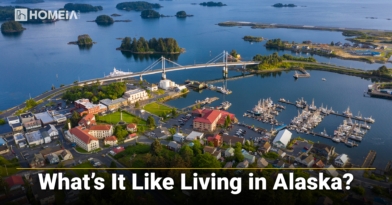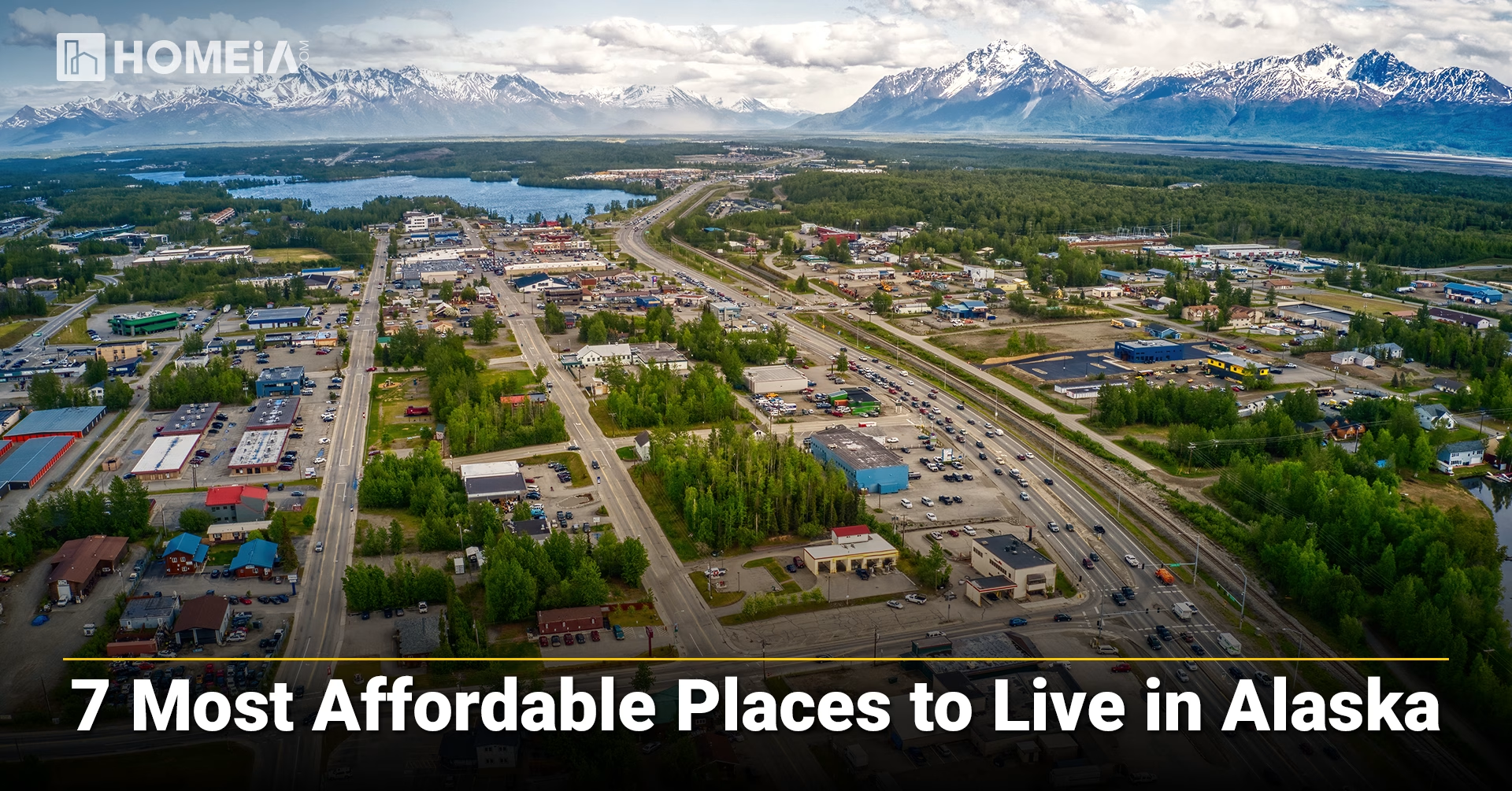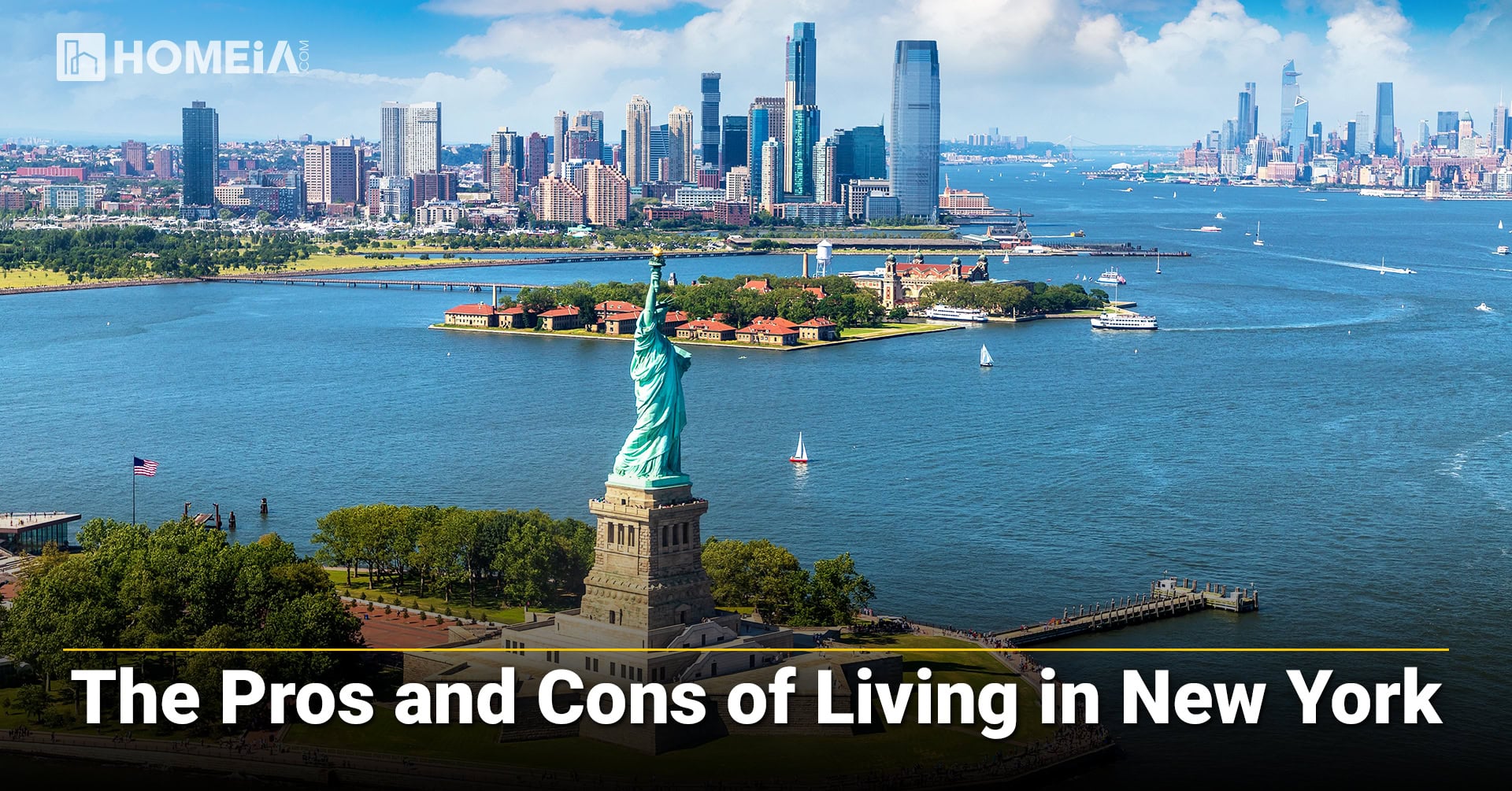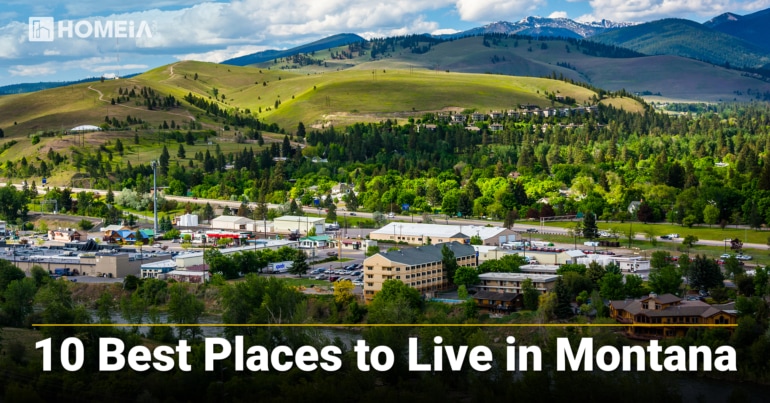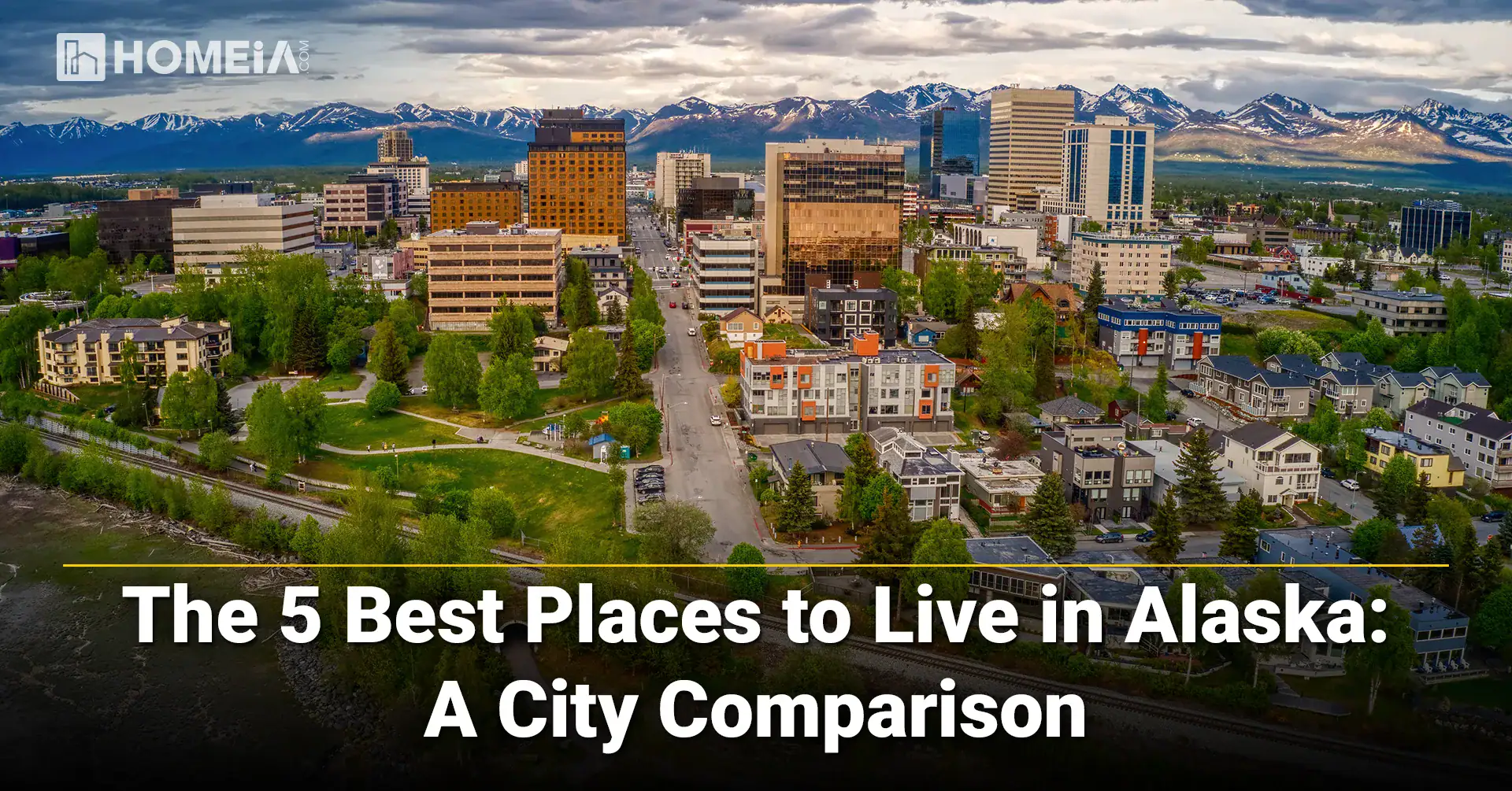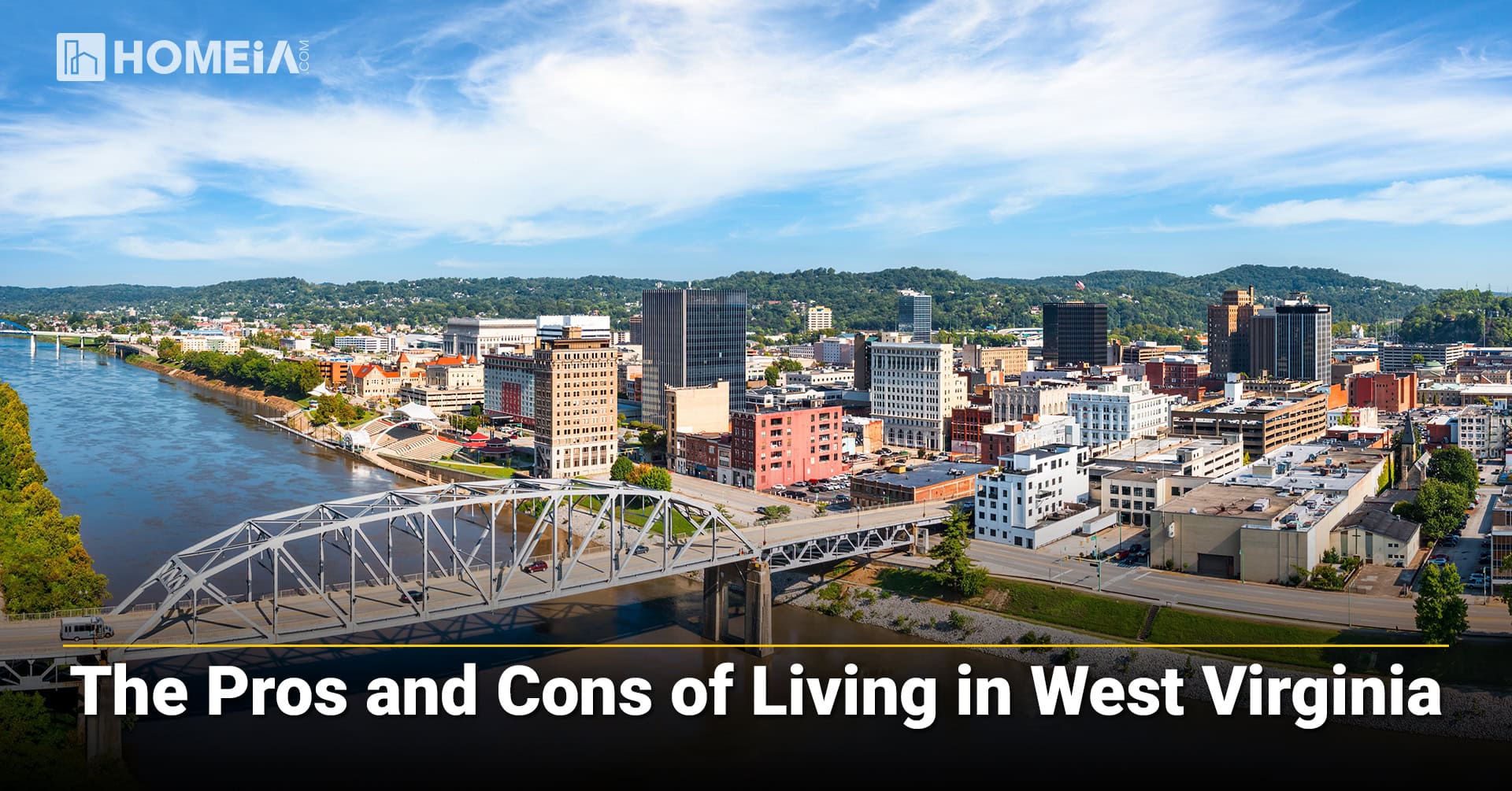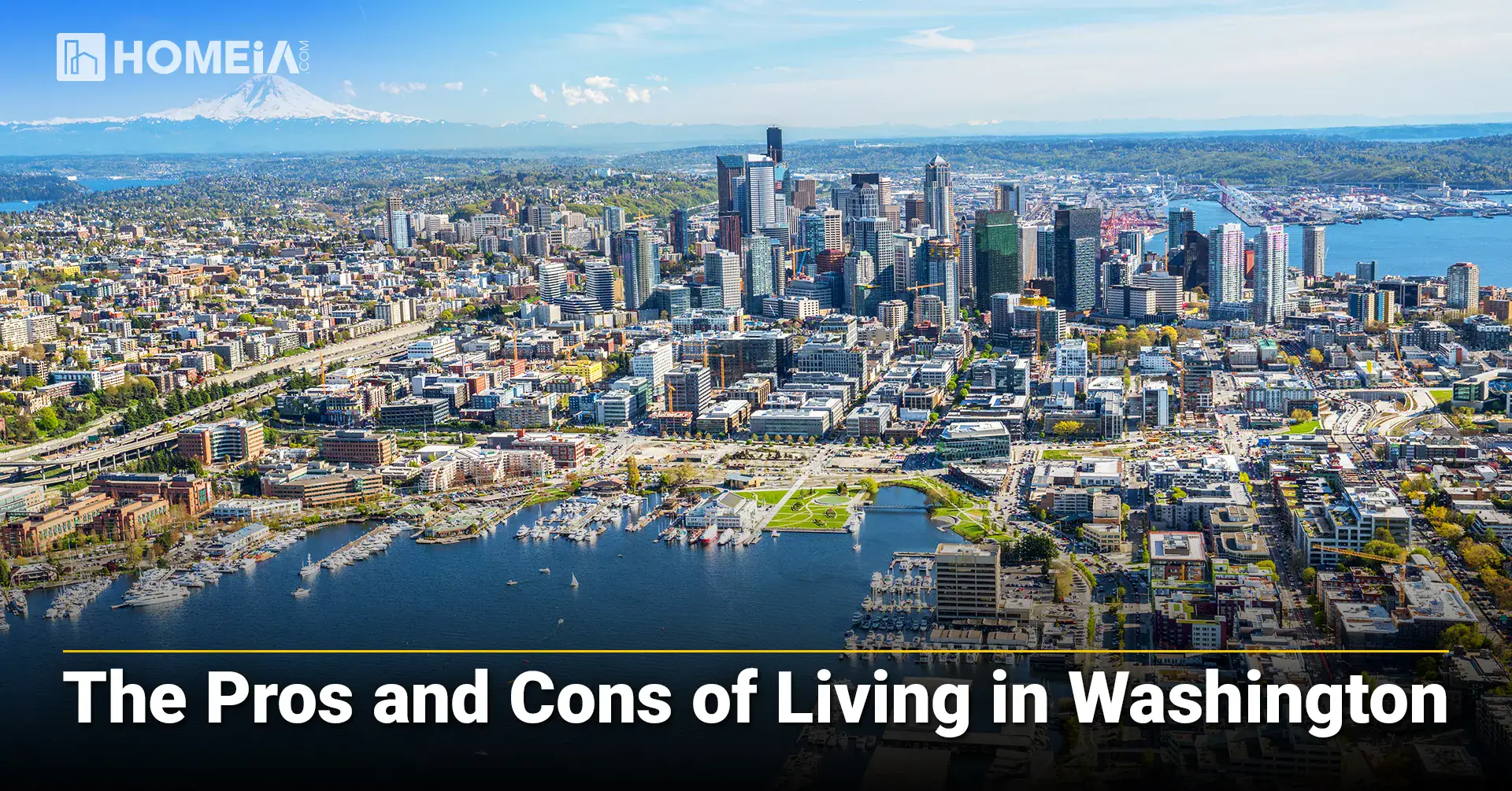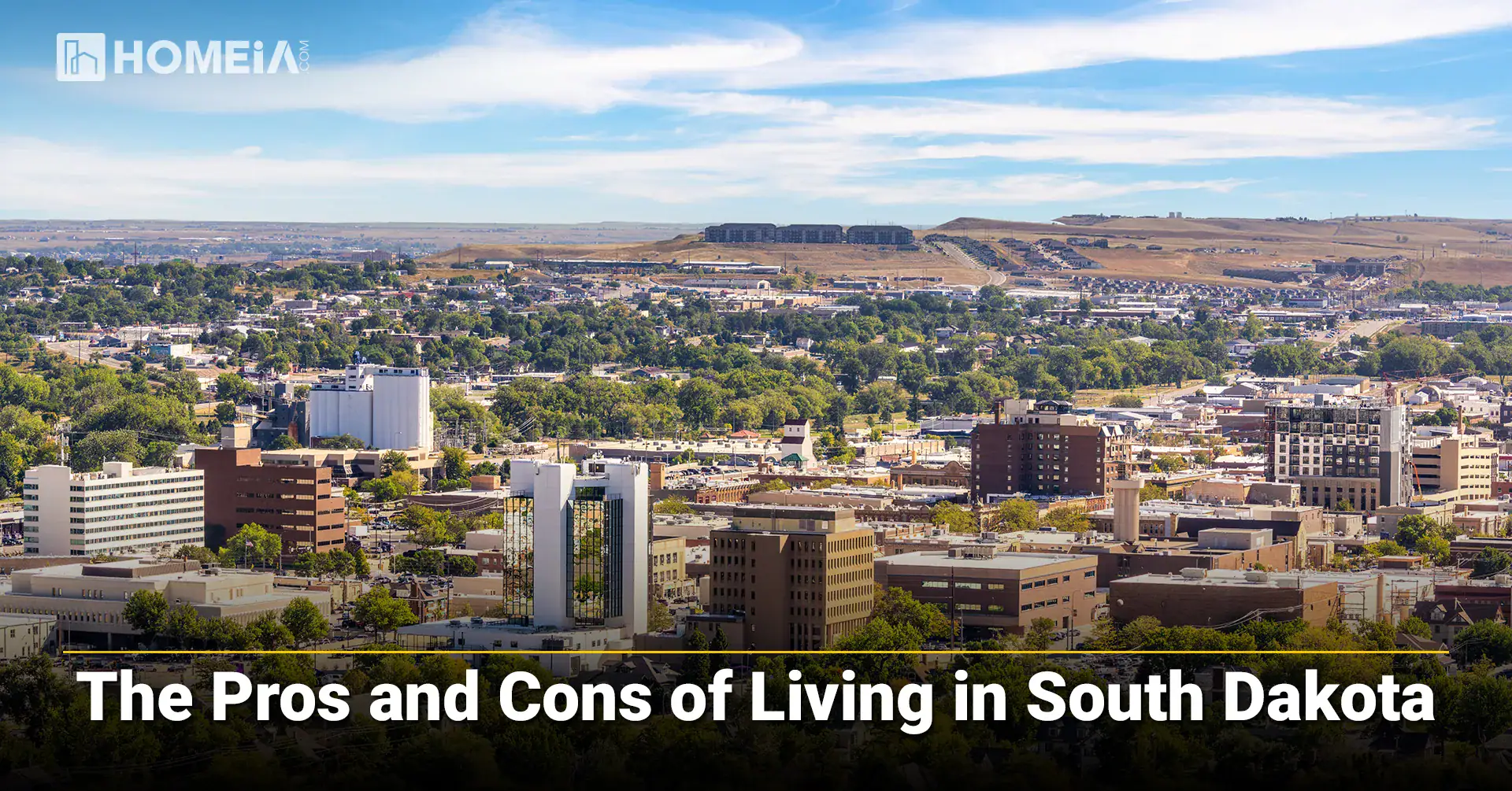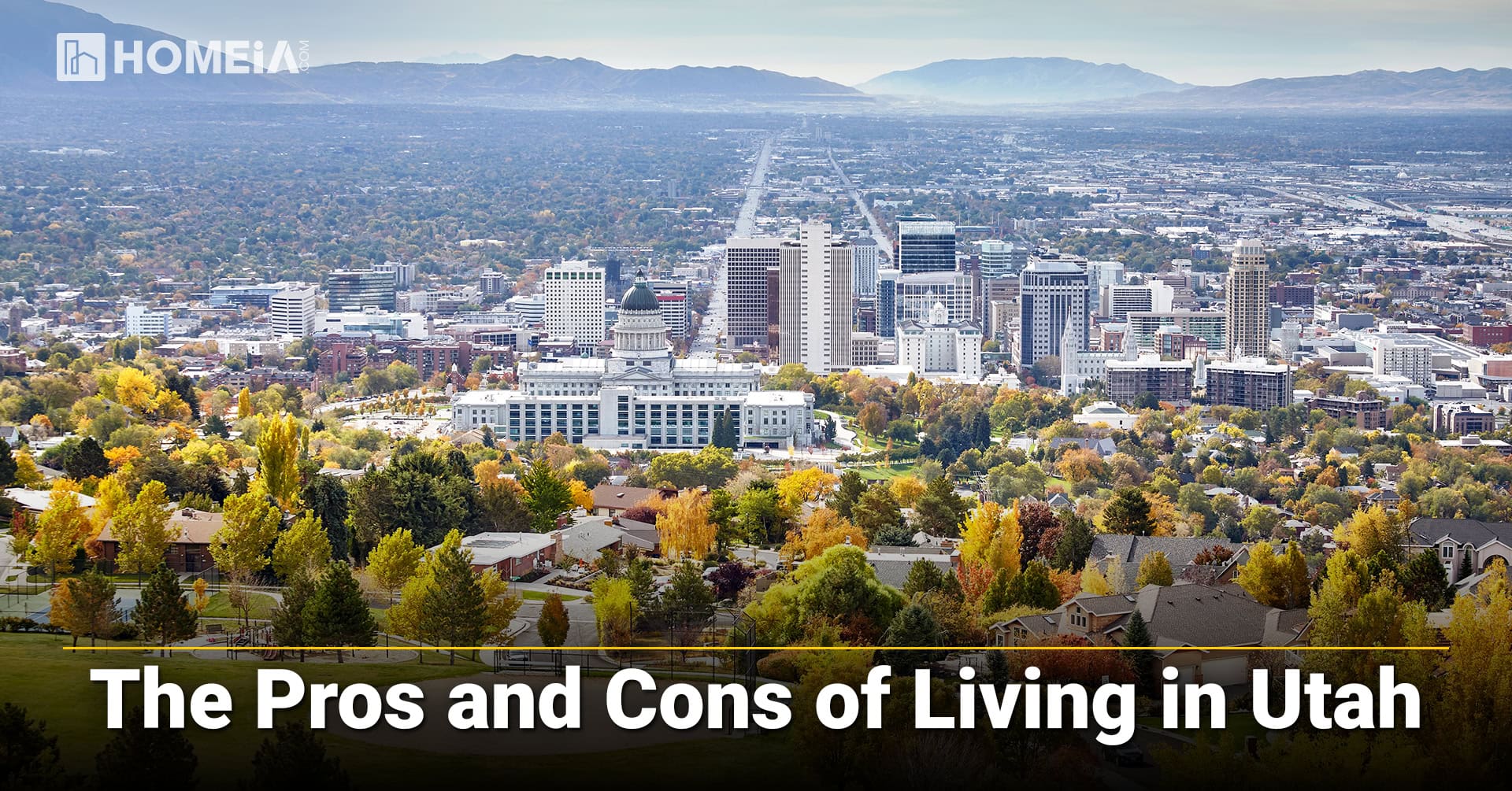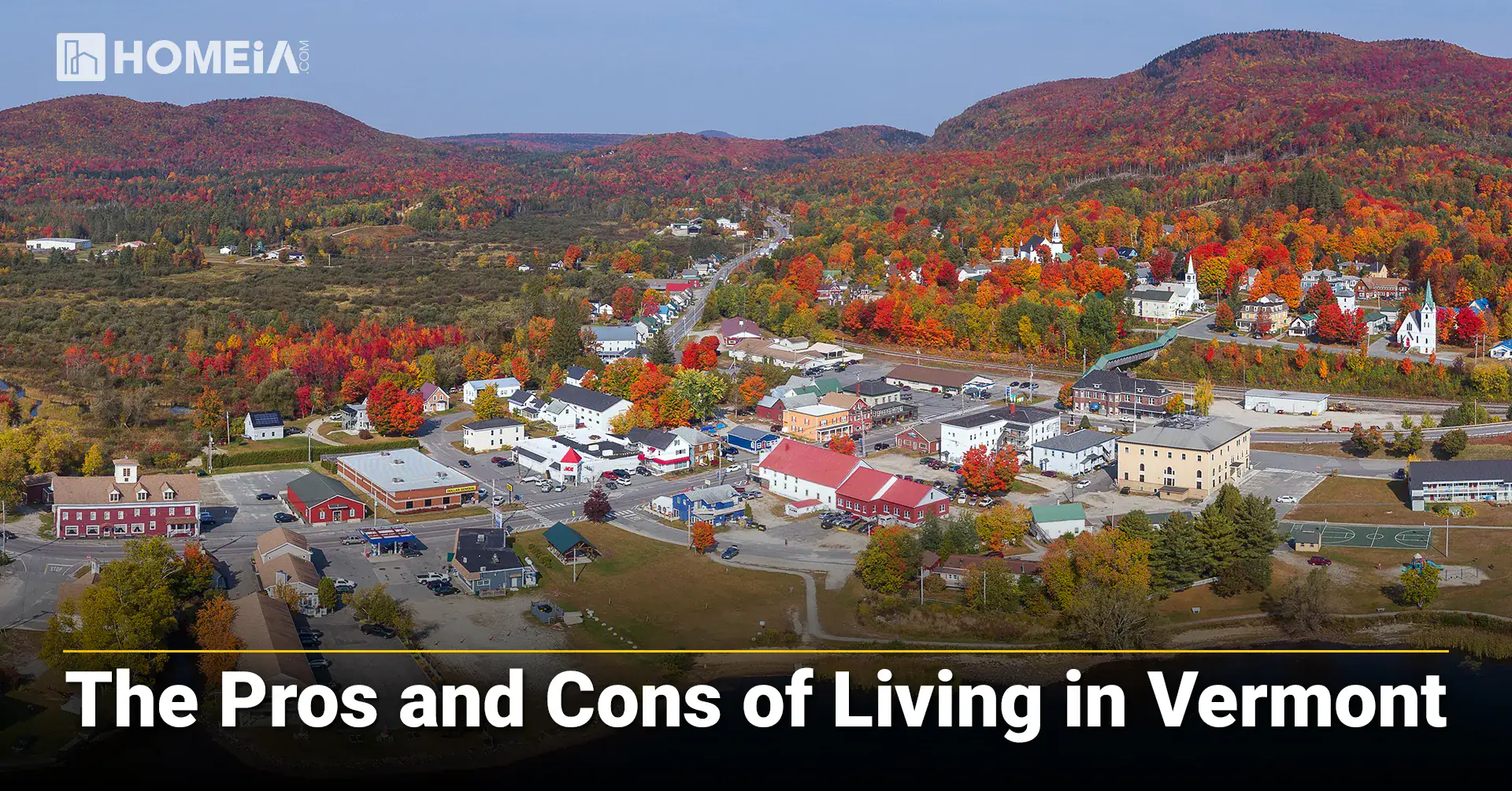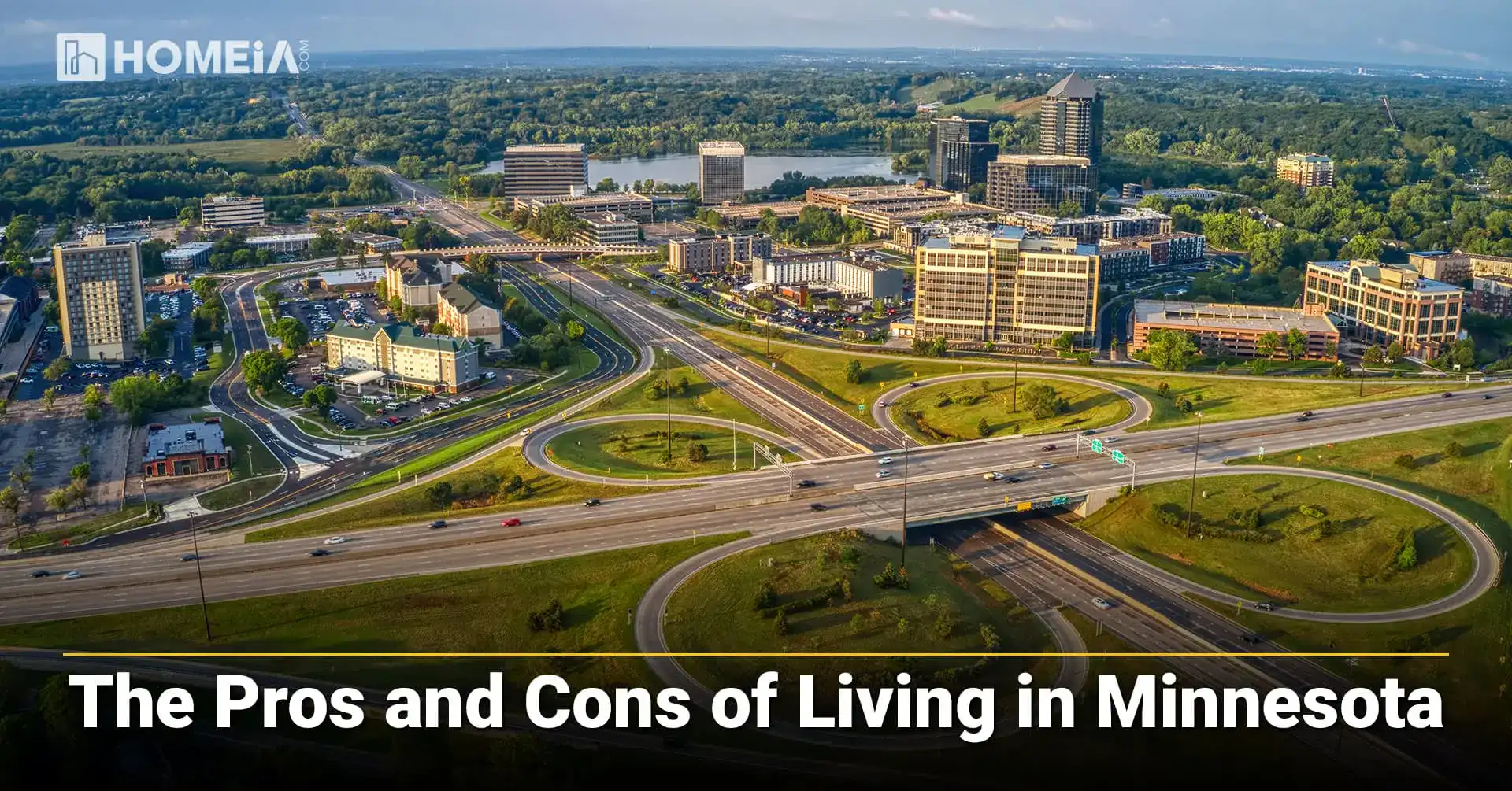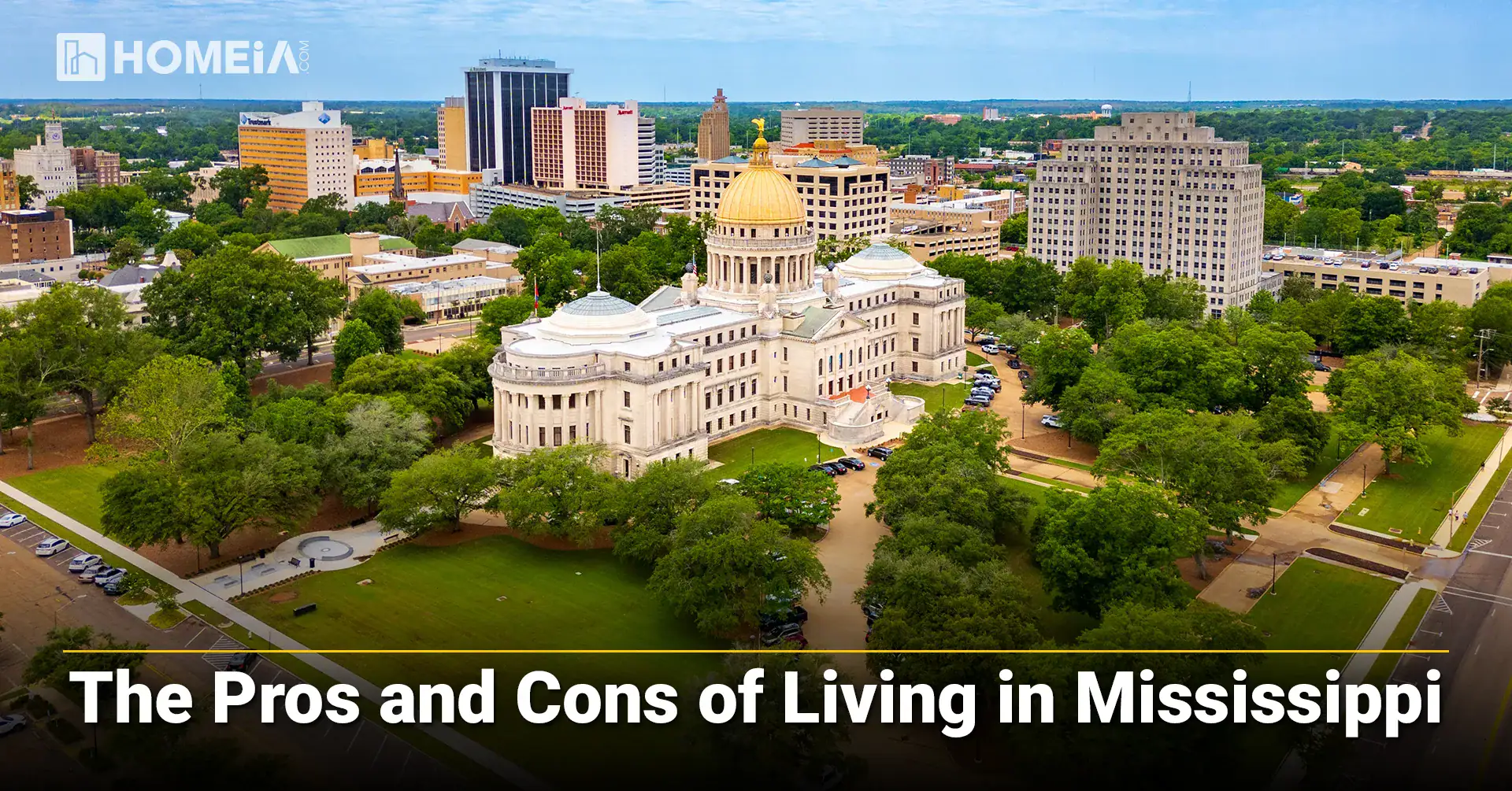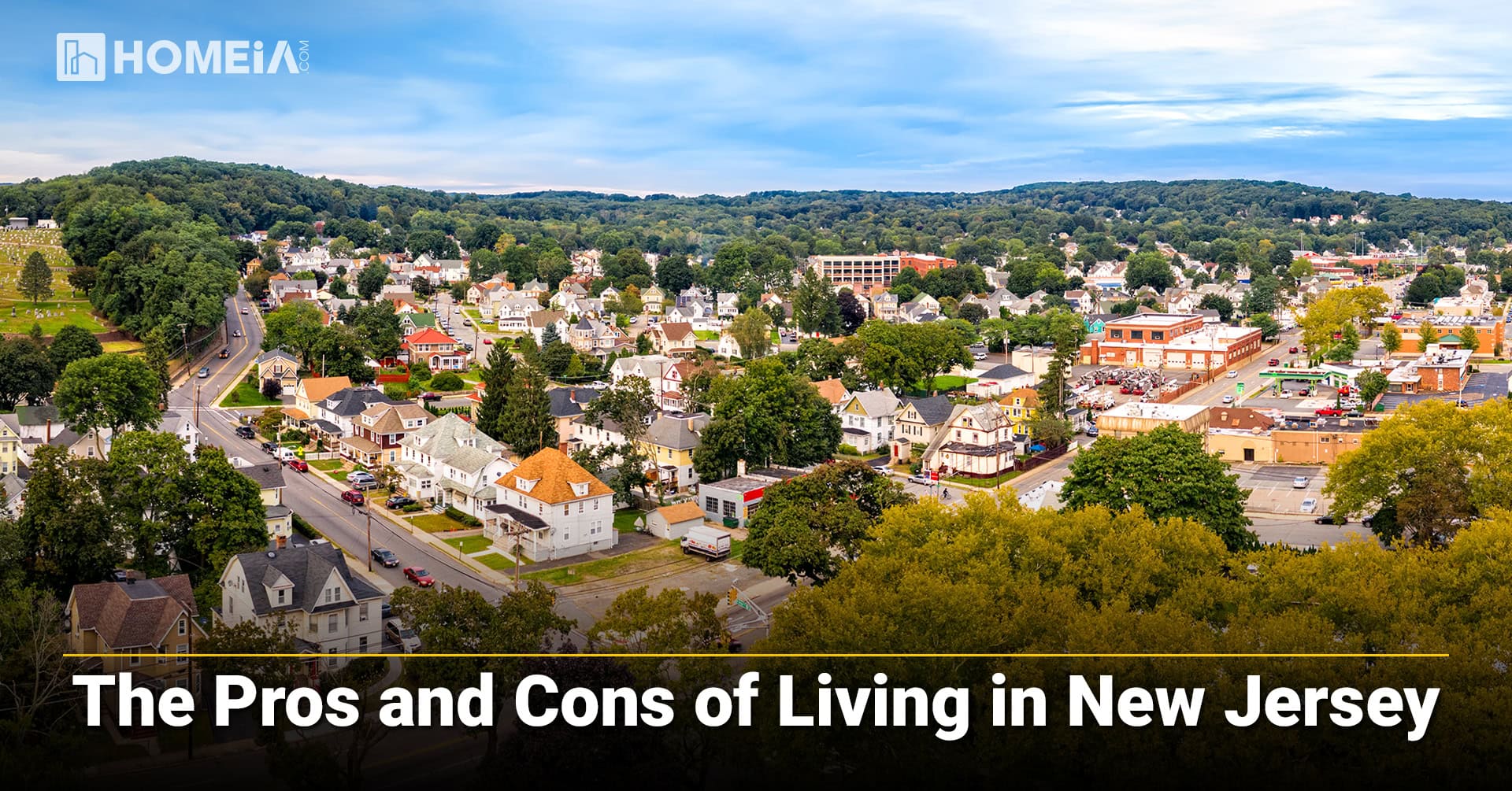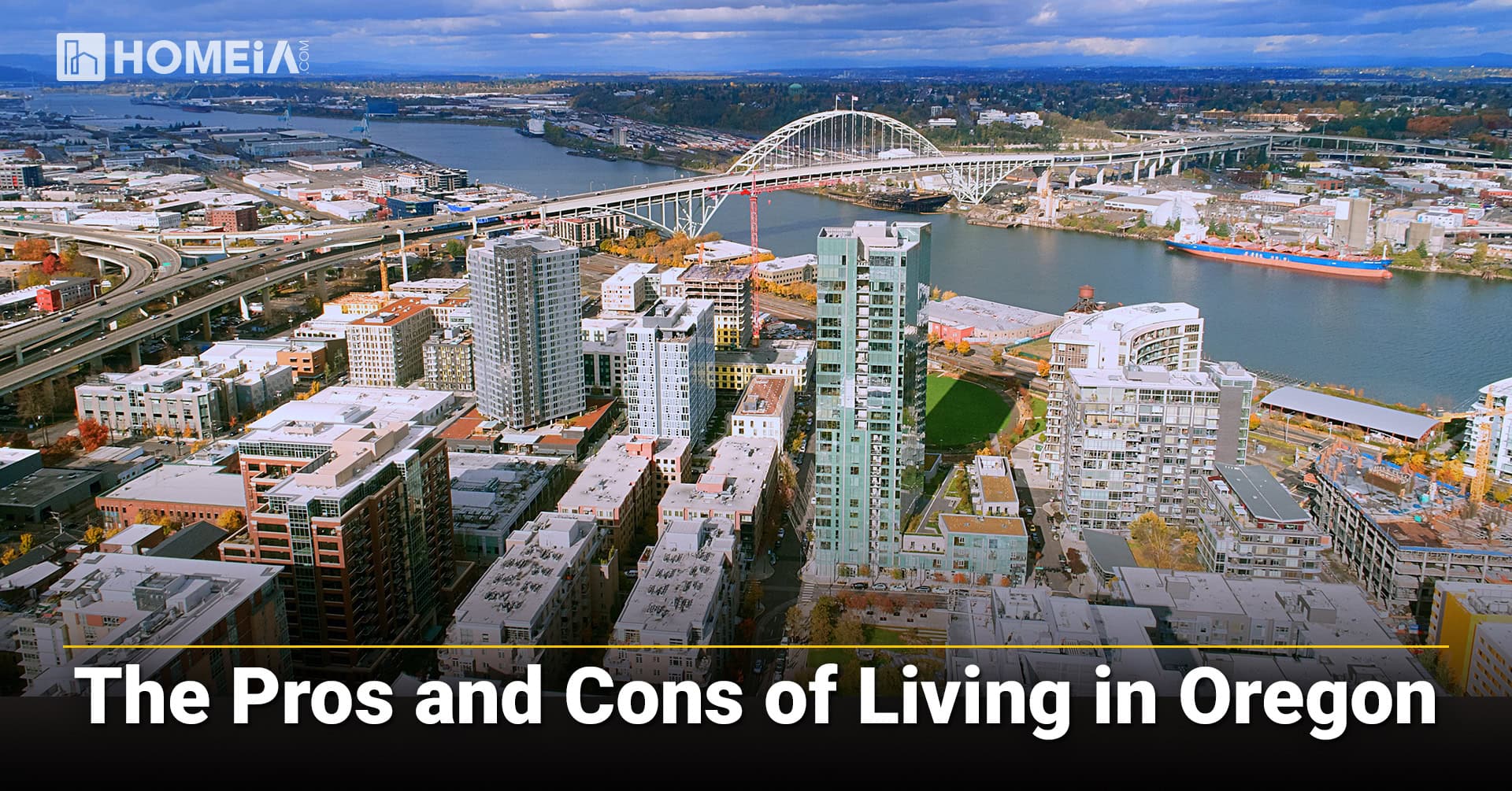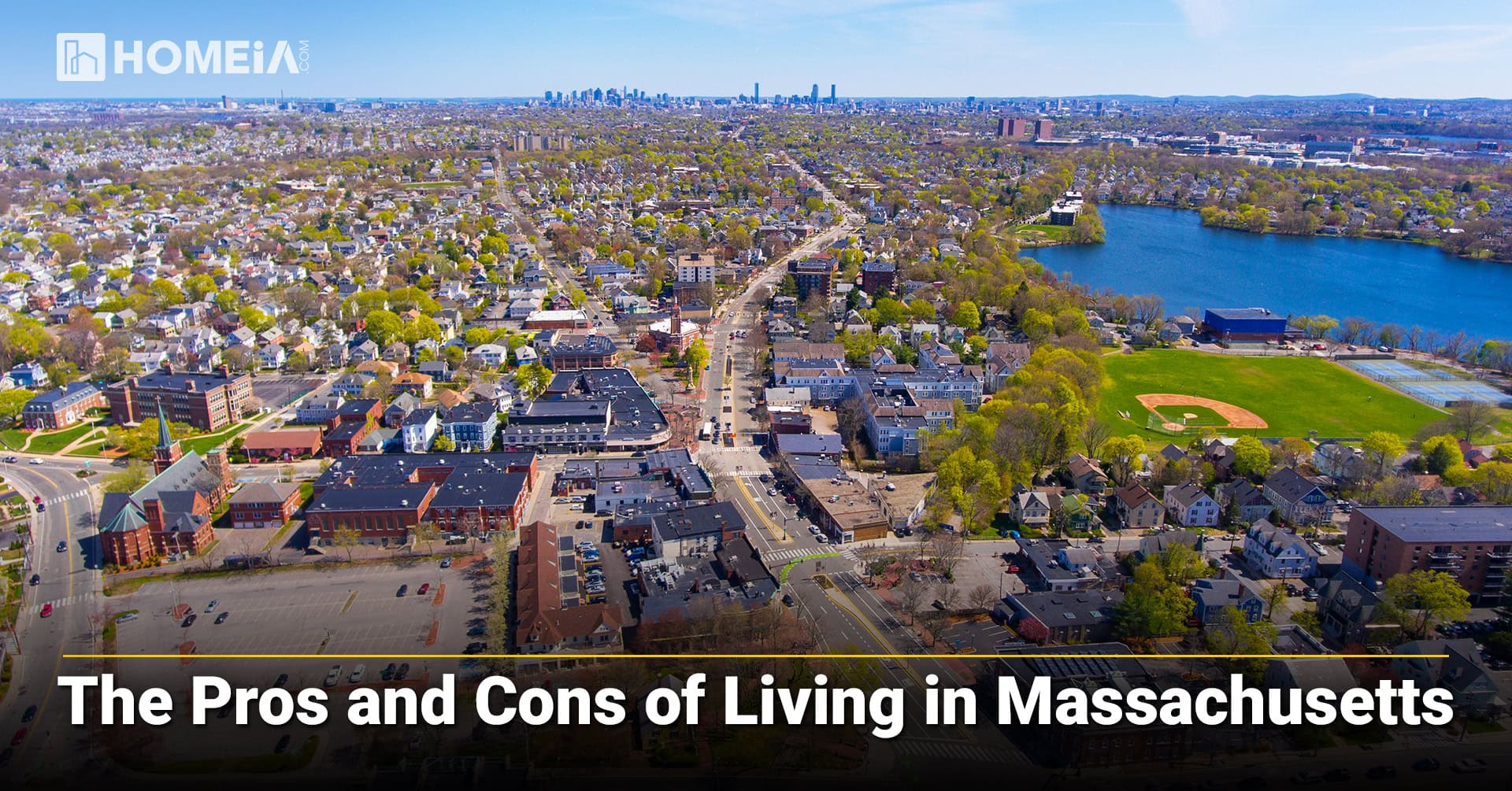Living In Alaska
Table of Contents:
The Complete Guide to Cost of Living and Lifestyle
Alaska living offers a unique frontier experience with breathtaking natural beauty, no state income tax, and the Permanent Fund Dividend. The 49th state attracts everyone from outdoor adventurers and remote workers to families seeking an independent, nature-focused life. However, significant challenges include extreme weather, high costs for many goods, and geographic isolation. This comprehensive Alaska living guide covers housing prices, taxes, daily expenses, and lifestyle factors to help decide if The Last Frontier is your next home.
Key Takeaways
- Affordable Housing: Alaska’s housing market varies dramatically between urban centers and remote villages, with Anchorage offering relatively stable prices while rural areas face extreme costs and limited availability.
- No State Income Tax: This is one of only a few states with no state income tax, providing significant financial benefits for working residents.
- High Everyday Costs: While housing can be reasonable in cities, other expenses like groceries, utilities, and transportation often exceed national averages by 20%-30+%.
- Lifestyle Trade-Off: Benefits of unparalleled natural beauty, outdoor recreation, and tax advantages are balanced against harsh winters, limited services in rural areas, and high costs for many goods.
- Permanent Fund Dividend: Most residents receive an annual payment from the state’s oil revenue fund, providing an additional income source that helps offset high living costs.
I. Methodology: How We Analyzed the Cost of Living
Our analysis is based on a multi-factor review of key elements that impact residents’ financial well-being and daily life. We compiled data from reputable 2025 sources, including the U.S. Census Bureau, Bureau of Labor Statistics, Zillow housing market reports, Tax Foundation, and local Alaska state agencies.
Our evaluation criteria are weighted as follows:
- Housing & Affordability (30%): The largest budget item. We analyze median home prices, rental costs, and property taxes, using ratios like home-price-to-income to gauge true accessibility.
- Daily Living Expenses (25%): This evaluates the costs that define a daily budget, including groceries, utilities, transportation, and healthcare, benchmarked against national averages.
- Tax Burden (20%): A crucial component of affordability. We assess the impact of state income, sales, and property taxes on overall financial planning for both workers and retirees.
- Income & Economic Context (15%): Affordability is relative to earnings. We examine median household incomes and economic stability to provide context for the cost data.
- Lifestyle Value (10%): We evaluate the intangible ROI of living in Alaska, considering access to nature, outdoor recreation, and community amenities that offset monetary costs.
Moving to Alaska: The Complete Relocation Guide & Checklist.
Alaska, bordered by Canada and the Pacific and Arctic Oceans, offers stunning wilderness and modern living. Home to about 750,000 residents, it blends adventure and independence. With no state income or sales tax, the Northern Lights, and Anchorage’s urban charm, Alaska promises a rewarding frontier lifestyle for new residents.
II. Detailed Analysis: Alaska’s Unique Cost Structure
1. Alaska Housing Costs: Urban vs. Rural Extremes
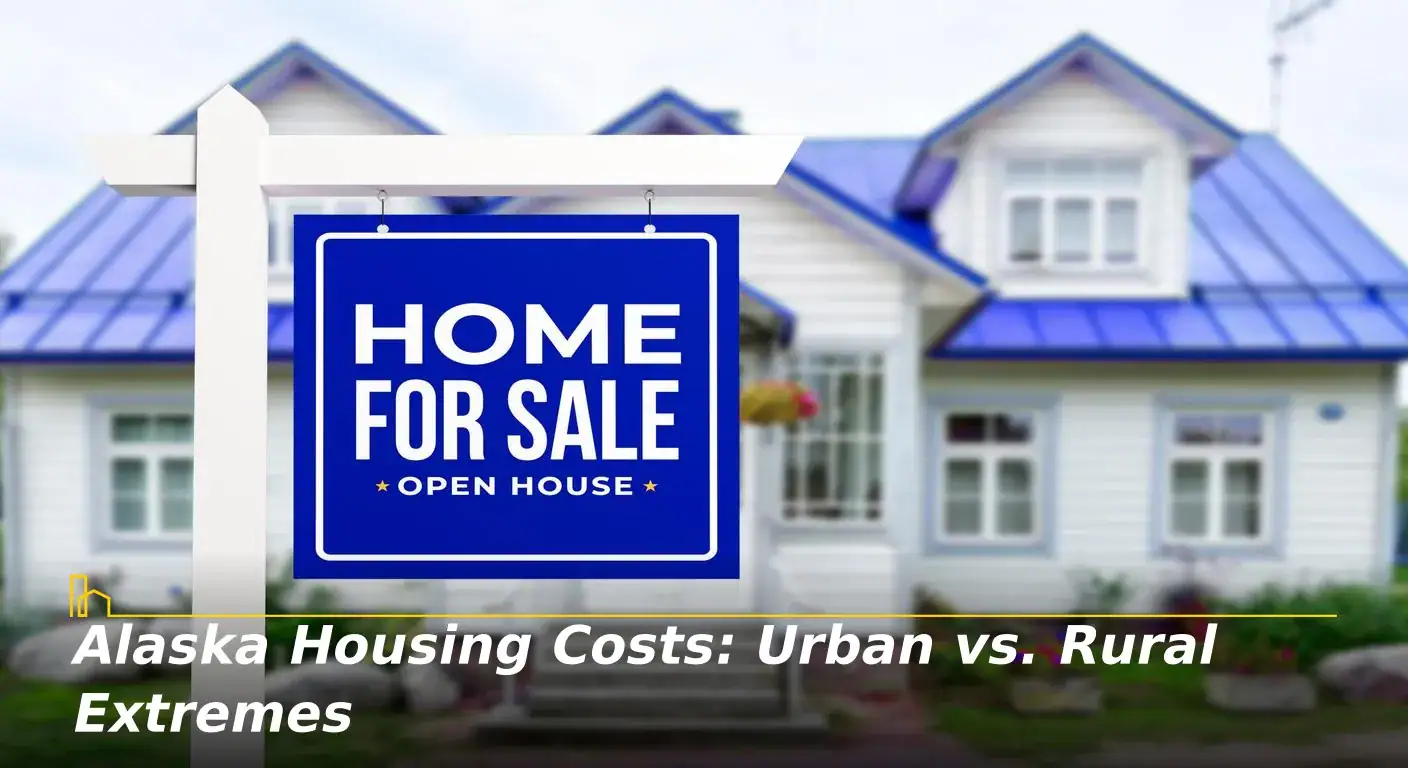
Alaska’s housing market presents dramatic contrasts between its urban centers and remote communities. While major cities offer relatively stable housing markets, rural areas face unique challenges including limited inventory and extravagant construction costs.
A. Major Alaska Cities Housing Costs
City | Median Home Price | Avg. Rent (2-Bedroom) | Home Price to Income Ratio | Income to Rent Ratio | Safety Rating |
|---|---|---|---|---|---|
| Fairbanks | ~$285,000 | $1,200 – $1,400 | 3.8:1 | 35.8x | 68/100 |
| Wasilla | ~$320,000 | $1,100 – $1,300 | 4.0:1 | 36.9x | 65/100 |
| Anchorage | ~$336,000 | $1,400 – $1,700 | 4.2:1 | 38.2x | 72/100 |
| Ketchikan | ~$350,000 | $1,300 – $1,500 | 4.3:1 | 39.1x | 70/100 |
| Juneau | ~$450,000 | $1,500 – $1,800 | 4.8:1 | 41.5x | 75/100 |
Median home price for Anchorage aligns closer to $336,000 rather than $375,000, according to recent reports.
B. Alaska Housing Strategies and Financial Options
Financing a home in Alaska requires special considerations. First-time homebuyers should pay close attention to energy efficiency and winterization features. Rural properties require specialized inspections for permafrost conditions and remote utility systems. The Alaska Housing Finance Corporation offers programs specifically designed for the state’s unique housing challenges.
The Pros and Cons of Living in Alaska
Alaska is more than its iconic wilderness and Northern Lights—it’s a land of independence, beauty, and opportunity. However, living here means balancing rewards with challenges like extreme weather and high costs. This guide explores Alaska’s pros and cons, plus its best cities for families, professionals, and retirees.
2. Alaska Tax Structure: No Income Tax Advantage
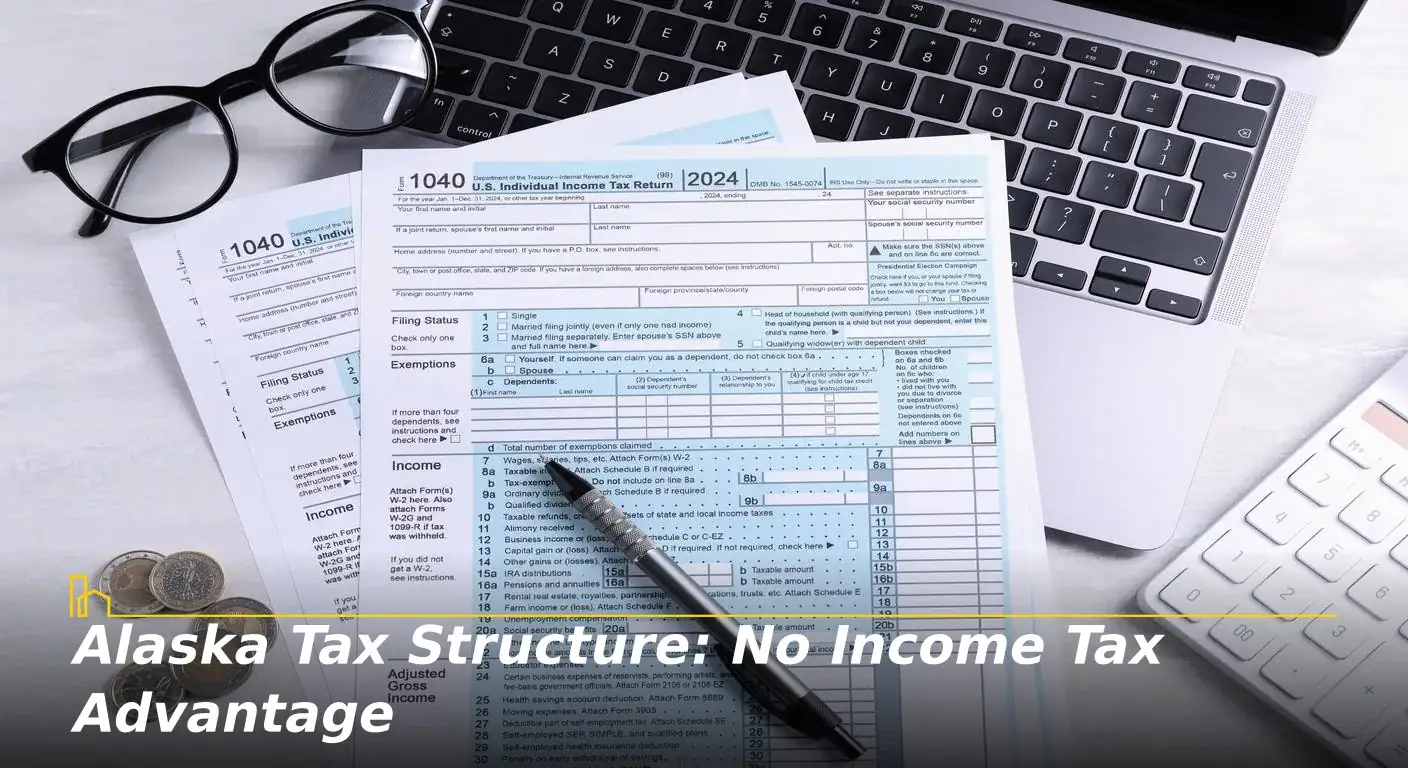
A. Alaska State Taxes Overview
This tax structure is among the most favorable in the nation. There’s no income tax and no statewide sales tax, though many municipalities impose local sales taxes. Property taxes vary significantly by location, with some rural areas having economical rates while urban centers like Anchorage impose moderate property tax burdens.
B. Tax Comparison: Alaska vs. Other States
Tax Type | Alaska | Washington | Oregon | National Avg. |
|---|---|---|---|---|
| State Income Tax | 0% | 0% | 4.75%-9.9% | ~5.1% |
| State Sales Tax | 0% + local | 6.50% + local | 0% | ~6.35% |
| Avg. Combined Sales Tax | ~1-7% local | ~8.8% | 0% | ~7.12% |
| Avg. Property Tax | 1.02% | 0.84% | 0.90% | 1.07% |
| Permanent Fund Dividend | Yes | No | No | N/A |
3. Daily Living Expenses in Alaska
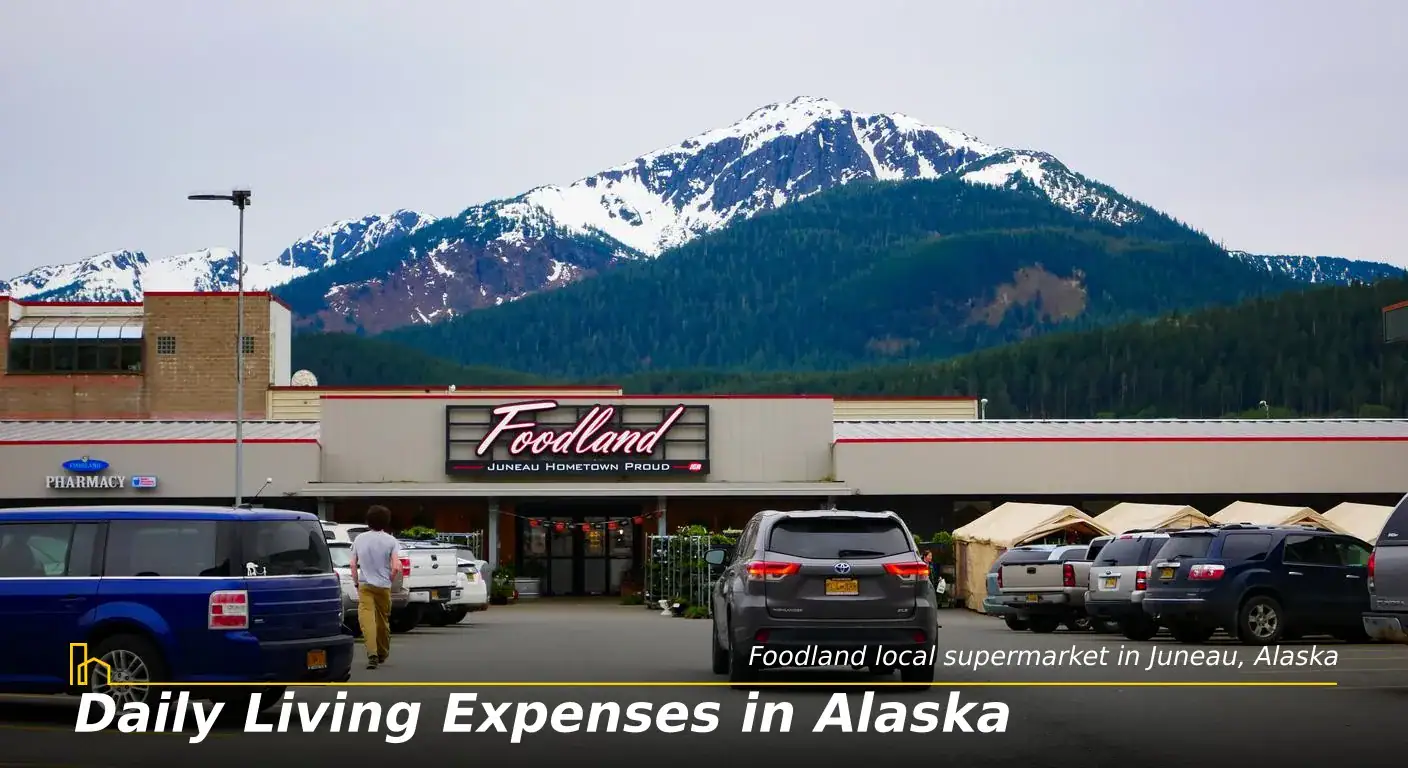
Alaska’s overall cost of living is roughly 33% above the national average, with daily expenses reflecting the state’s remote location and challenging logistics. Utilities and groceries are significantly higher than the national average.
A. Monthly Living Costs Breakdown
Expense Category | Alaska Cost | National Comparison |
|---|---|---|
| Groceries (per person) | $400-$500/month | 25%-35% above average |
| Utilities (Monthly Avg.) | $250-$411/month | 24%-60% above average |
| Gasoline | ~$3.80/gallon | 15%-20% above average |
| Healthcare (individual) | $500-$650/month | 16%-30% above average |
| Internet | $90-$130/month | 20%-40% above average |
B. Cost-Saving Strategies for Alaska Living
Smart Alaskans mitigate high costs by:
- Bulk Buying & Stockpiling: Costco runs and seasonal stocking are essential for managing grocery costs.
- Energy Efficiency: Investing in high-quality insulation, efficient heating systems, and alternative energy sources like wood stoves.
- Hunting & Fishing: Many residents supplement their food supply through subsistence activities.
- Seasonal Planning: Taking advantage of summer sales and preparing for winter expenses in advance.
7 Most Affordable Places to Live in Alaska
Despite Alaska’s rugged beauty and higher living costs, several communities offer affordable ways to enjoy the Last Frontier. This guide highlights seven budget-friendly Alaskan towns for 2025, balancing cost, access, and lifestyle. Through data on housing, utilities, and transportation, discover where affordability meets authentic Alaskan living.
4. Family Life in Alaska: Education and Community

Alaska offers a unique family life with valued community bonds and exceptional outdoor opportunities, though educational quality varies significantly across the state.
A. Education in Alaska
School quality differs dramatically between urban and rural districts. Anchorage, Juneau, and Fairbanks have competitive public school systems with driven programs. However, many rural and village schools face challenges with teacher retention and resources. The state offers robust homeschooling support and several charter school options.
B. Childcare and Family Costs
Family Expense | Alaska Cost | Available Support |
|---|---|---|
| Childcare (Monthly) | $900-$1,200/month | State assistance programs |
| Youth Sports | $150-$400/season | Community programs vary |
| 4-H & Outdoor Programs | Varies | Very accessible and popular |
5. Alaska Transportation: A Car-Dependent State with Unique Challenges
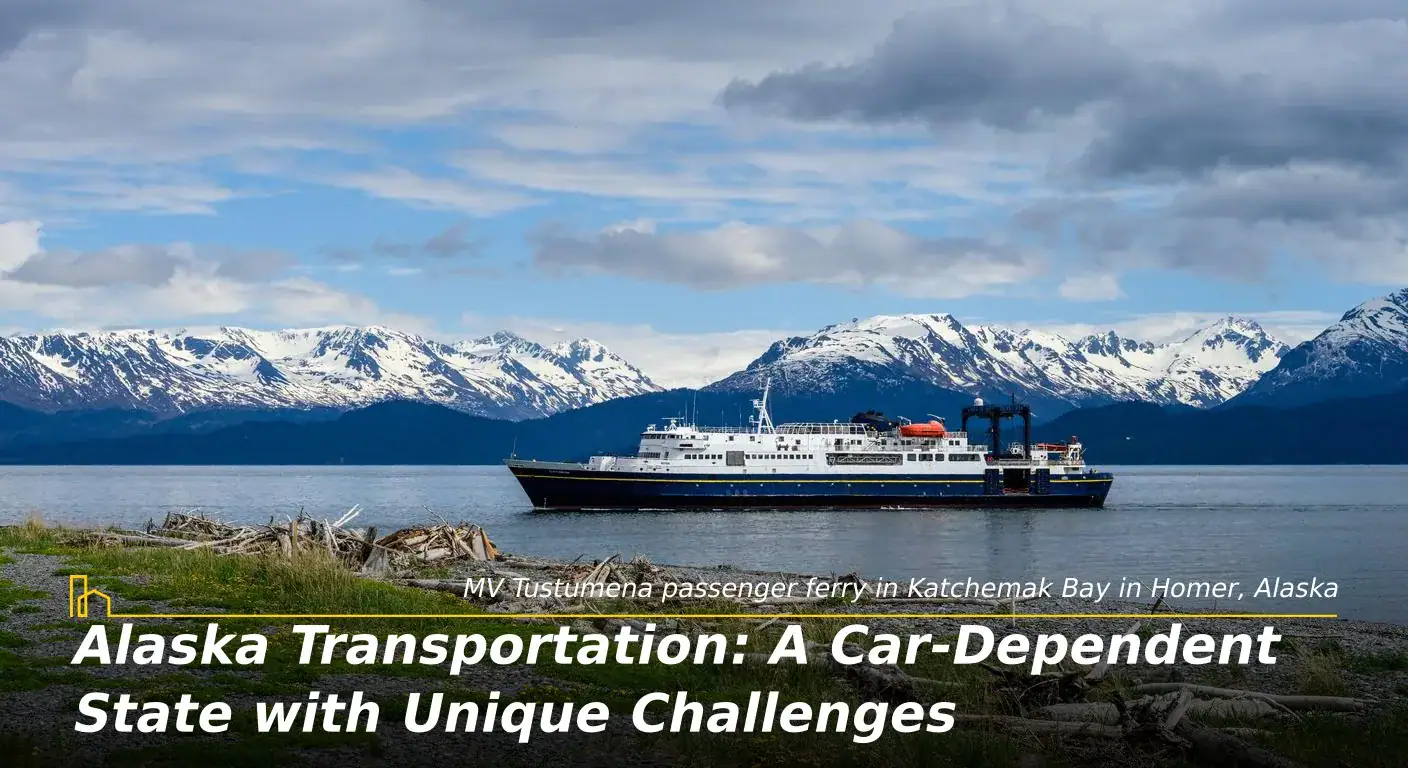
Transportation in Alaska requires careful planning and budgeting, with significant variations between urban and rural areas.
A. Vehicle-Related Expenses
Transportation Cost | Alaska Average | National Comparison |
|---|---|---|
| Auto Insurance | $1,500-$2,000/year | 15%-25% above average |
| Gas Prices | ~$3.80/gallon | Above average |
| Vehicle Registration | $100-$200/year | Based on vehicle & location |
| Annual Mileage | ~10,000 miles | Below average due to limited road systems |
B. Public Transit and Air Travel
- Anchorage: Has the state’s most comprehensive bus system (People Mover).
- Other Cities: Offer limited public transit options.
- Air Travel: Essential for travel between communities and to the Lower 48. Ted Stevens Anchorage International Airport (ANC) is the major hub.
- Ferry System: The Alaska Marine Highway provides critical transportation to coastal communities.
Recommended for you
6. Alaska Job Market and Income Potential

Alaska’s economy is specialized, with incomes reflecting the state’s unique industries and high cost of living.
A. Income Statistics and Employment
Income Metric | Alaska | National Average |
|---|---|---|
| Minimum Wage | $11.73/hour | $7.25/hour |
| Median Household Income | $80,287 | ~$75,000 |
| Unemployment Rate | ~6.2% | ~3.9% |
B. Major Alaska Employers and Industries
Industry | Key Companies/Employers | Typical Salary Range |
|---|---|---|
| Oil & Gas | ConocoPhillips, BP, Hilcorp | $70,000 – $200,000+/year |
| Government | State of AK, Federal Gov’t | $50,000 – $120,000/year |
| Healthcare | Providence, Alaska Native Tribal Health | $60,000 – $150,000/year |
| Fishing & Seafood | Trident Seafoods, Peter Pan | $40,000 – $100,000/year |
| Tourism | Cruise lines, lodges | $30,000 – $60,000/year |
7. Cost of Living Comparison: Alaska vs. Other States
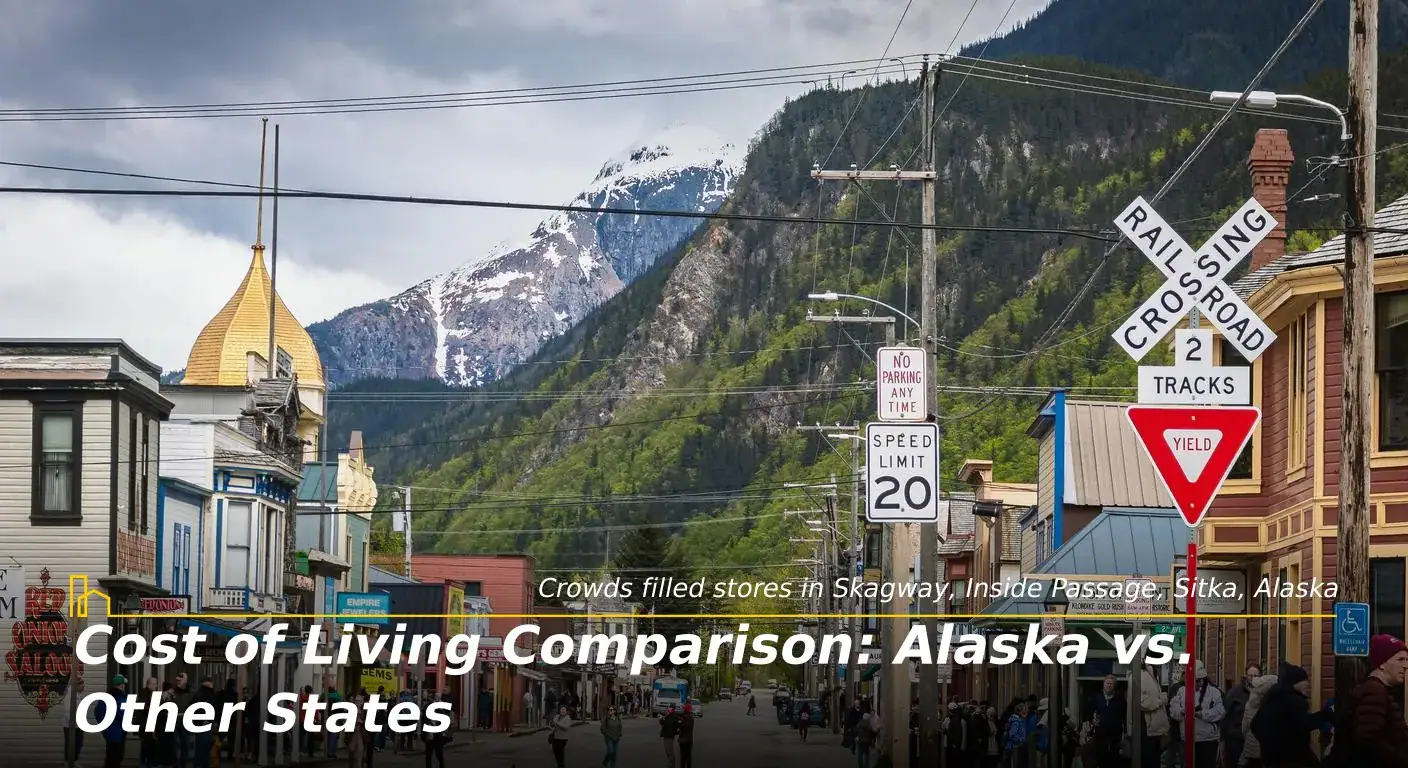
Expense Category | Alaska | Washington | Oregon | Texas |
|---|---|---|---|---|
| Median Home Price | $336,000 | $555,000 | $450,000 | $315,000 |
| Rent (2-Bedroom) | $1,400-$1,700 | $1,700 | $1,500 | $1,300 |
| Gas Price/Gallon | $3.80 | $4.20 | $4.00 | $3.10 |
| Utilities (Monthly) | $300-$411 | $190 | $180 | $170 |
What is It Like to Live in Alaska?
If you’re someone from the lower 48 (or anywhere else for that matter), and you’re planning on making the move up to The Last Frontier, here are the top 19 things to know about what it’s really like living in Alaska…
8. Alaska Lifestyle: The Ultimate Trade-Off
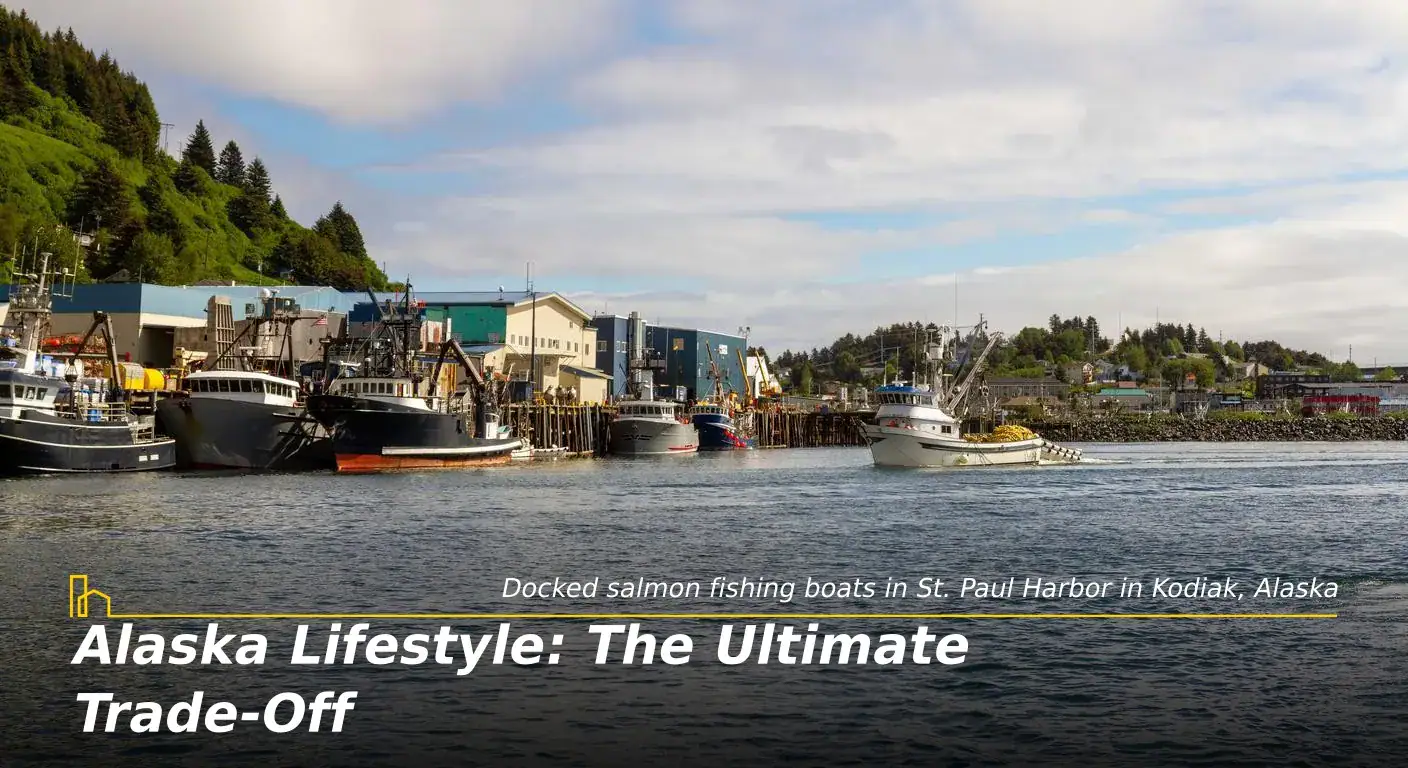
Alaskan lifestyle meshes high costs with unparalleled natural rewards: no state income tax, endless outdoor recreation, and communal bonding. They effectively balance each other out while being distanced from the Lower 48.
A. Lifestyle Advantages of Alaska Living
An ability to experience world-class wilderness, enjoy tax benefits, and receive the Permanent Fund Dividend provides a quality of life that many find worth the challenges. The sense of adventure and connection to nature is deeply felt by residents.
B. Alaska Living Challenges
High cost of living, extreme weather conditions, and limited access to certain services and consumer goods are significant hurdles. Seasonal affective disorder and the “cabin fever” phenomenon during long winters require psychological preparation.
9. Best Places to Live in Alaska for Different Needs
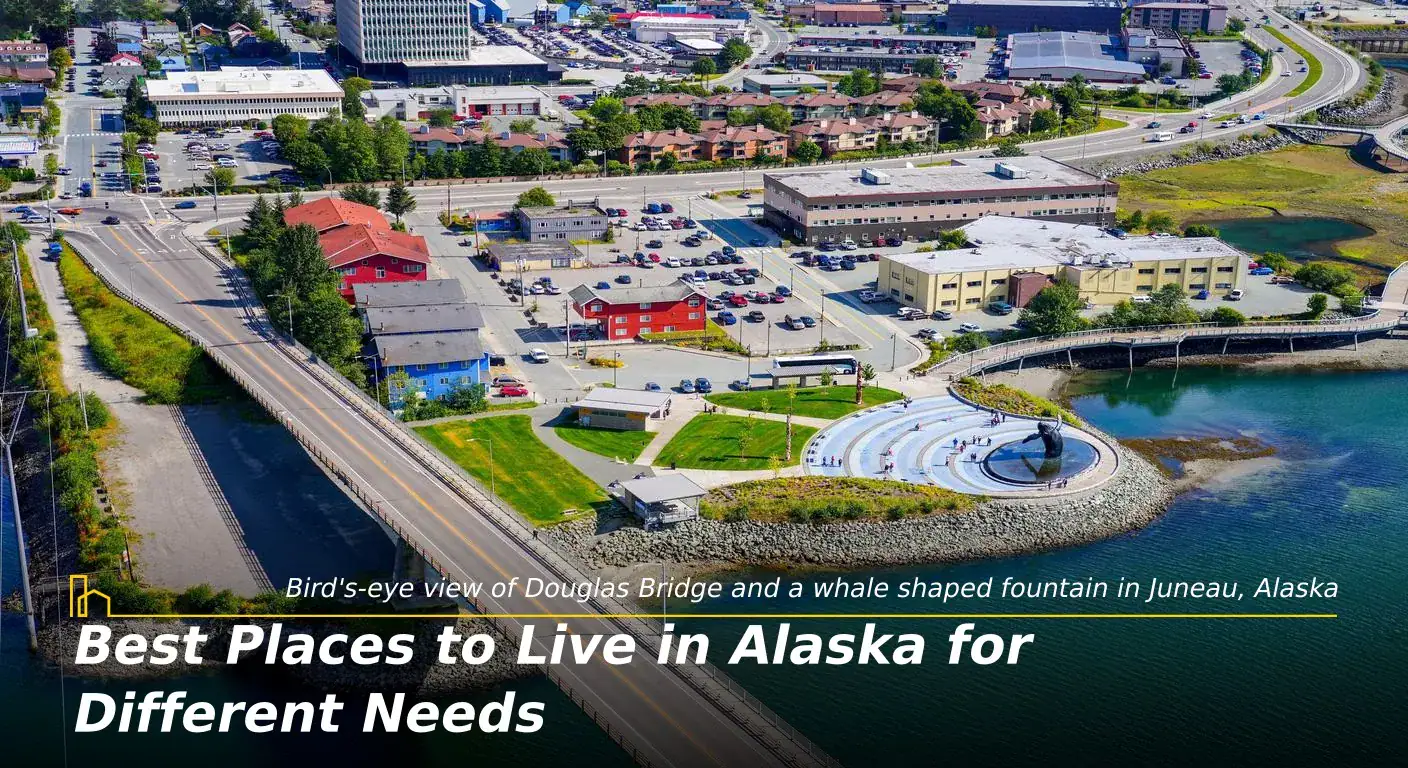
A. Family-Friendly Alaska Communities
Community Type | Best Cities | Median Home Price | Key Benefits |
|---|---|---|---|
| Urban Family | Anchorage | $336,000 | Top schools, amenities, job opportunities |
| Affordable Family | Wasilla | $320,000 | Lower costs, near Anchorage, outdoor access |
| Government Family | Juneau | $450,000 | Stable employment, excellent schools, capital city |
B. Professional and Retiree Options
- Anchorage provides the most diverse corporate and healthcare job opportunities with urban amenities.
- Fairbanks offers university employment and research opportunities with a lower cost of living.
- Juneau holds stable government employment in a scenic coastal setting.
- Smaller communities like Sitka and Ketchikan offer unique lifestyles for those seeking smaller town living with access to nature.
Conclusion: Making Alaska Living Work for You
Success depends on choosing the right location for your budget and career, preparing for the climate, and embracing an adventurous mindset. While cost of living is lavish, strategic financial planning—and a willingness to adapt to the environment—is vital. The Permanent Fund Dividend, lack of state income tax, and unique lifestyle opportunities can make the financial trade-offs worthwhile for those drawn by adventure, independence, and natural beauty.
For those considering the move, thorough research and multiple visits during different seasons are essential. The Last Frontier rewards preparation and resilience with experiences and a way of life found nowhere else in the US.
Recommended for you
Frequently Asked Questions About Living in Alaska
1. What is a comfortable salary to live in Alaska?
A single person can live comfortably on an annual salary of $60,000-$75,000. Families of four need a combined income of $90,000+ to cover housing, groceries, utilities, and transportation confidently, especially in developed cities like Anchorage and Juneau.
2. How much is the Alaska Permanent Fund Dividend?
The PFD amount varies annually based on oil revenues and legislative decisions. In recent years, it ranged from nearly $1,000 to $3,200 per eligible resident. This payment helps significantly offset the high cost of living.
3. How do people afford groceries in Alaska?
Alaskans afford groceries by shopping sales at major chains, buying in bulk, utilizing Costco, and taking advantage of local hunting, fishing, and gardening opportunities. Many also participate in food co-ops and seasonal food preservation.
4. Is healthcare more expensive in Alaska?
Healthcare costs are generally 16%-30% above the national average. Major hubs including Anchorage have standout medical facilities, but specialized care in rural areas can be limited and require expensive medical evacuation flights.
5. What are the biggest hidden costs?
Hidden costs to watch out for are utilities (extremely high heating bills during winter), vehicle maintenance (rough roads and harsh conditions), travel (flights to the Lower 48), and home maintenance (specialized needs for cold climate living).
6. Is Alaska a good place to retire?
It can be an ideal place to retire for the right person. Lack of state income tax, PFD payments, and incredible natural beauty are enticing. However, retirees must carefully consider their healthcare needs and choose a location with adequate medical facilities and social opportunities, especially during the long winter months.
The 5 Best Places to Live in Alaska: A City Comparison
Alaska blends rugged wilderness with modern innovation, offering diverse lifestyles across its vast landscape. This guide spotlights the five best Alaskan cities to live in 2025, based on affordability, safety, opportunity, and quality of life. From Anchorage’s energy to Sitka’s island beauty, discover where your frontier future begins.
If you’re considering a move to Alaska, you might also explore the pros and cons of living in Tennessee or discover the best places to live in Colorado as alternative options. For those interested in other unique living experiences, check out our guides on living in Wyoming and the pros and cons of living in Montana. If you’re drawn to coastal living, you might consider the best places to live in Maine for families or explore the best places in Washington state to raise a family. For those concerned about affordability, our guides on the most affordable places to live in Virginia and most affordable places to live in Arkansas provide valuable comparisons. Finally, if you’re considering retirement options, explore the best places to retire in the US and best places to retire in Minnesota.
Local Editor(s)
Moving to Alaska: The Complete Relocation Guide & Checklist.
Bordered by Canada and surrounded by the Pacific and Arctic Oceans, Alaska offers a lifestyle defined by breathtaking wilderness, rugged independence, and profound natural beauty. Almost 750,000 residents call The…
What is It Like to Live in Alaska?
As one of the 50 United States, Alaska is a major outlier in so many ways. It’s the furthest north, west, and counting the points of the Aleutian Islands across…
The Pros and Cons of Living in Alaska
When picturing Alaska, many think of vast, untamed wilderness, towering glaciers, and the mesmerizing Northern Lights. But look beyond the dramatic scenery of the 49th state; here lies a place…
7 Most Affordable Places to Live in Alaska
In a state known for its rugged beauty and high cost of living, Alaska offers surprising opportunities for affordable living in communities balancing natural splendor with financial practicality. While overall…
Minnesota Winter: Experiencing the Magic of Our Snow Season
Experiencing the magic of Minnesota winter is undeniably a one-of-a-kind experience. Topping the list of America's largest urban centers for cold weather, Minneapolis and its surrounding cities are known for…
The Pros and Cons of Living in New York
Relocating to a new state requires careful consideration of both the state as a whole and the specific community you'll join. New York offers a state of extremes—home to the…
10 Best Places to Live in Montana
Montana is an outdoor enthusiast’s paradise. Known as “Big Sky Country,” Montana is the fourth largest state in the United States, but with a population of just over a million,…
The 8 Safest Neighborhoods to Live in New York City in 2025
New York City, the Big Apple of the United States, offers a diverse palette of boroughs and neighborhoods, each with a unique pulse and story. Renowned for its vibrant arts…
7 Most Affordable Places to Live in Mississippi
Welcome, y'all. In a world where the cost of living seems to rise daily, the Magnolia State stands out as a beacon of affordability and Southern charm. Mississippi offers a pace of life that's a little slower, a community that…
The Pros and Cons of Living in South Dakota
When picturing South Dakota, many think of the vastness of the Great Plains, the iconic faces of Mount Rushmore, or the wild expanse of the Badlands. But the state offers more than dramatic scenery; it is a place where affordability,…
The Pros and Cons of Living in New Jersey
Considering a move to New Jersey? The Garden State offers a dynamic mix of urban energy, coastal charm, and suburban comfort. Home to nearly 9 million residents, New Jersey features vibrant cities, peaceful towns, stunning beaches, dense forests, and cultural…
The Pros and Cons of Living in Denver, Colorado
Looking for stellar public schools, world-class ski resorts, and a thriving city all in one spot? Denver, Colorado, may be the place for you. The Mile High City offers a unique blend of outdoor adventure, economic opportunity, and urban convenience.…







